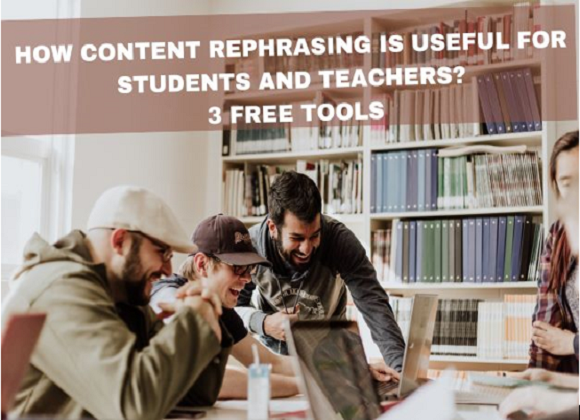Courses
Grow skills with quality courses
Equality has to do with giving everyone the exact same resources, whereas equity involves distributing resources based on the needs of the recipients.
Here is a picture that will give you a better understanding of these 2 terms:
All of the children have different needs. Different children have different learning abilities.
To accommodate that in a class, we need to understand the needs of each of our students and try to deal with them accordingly. Equity comes to play here.
Step 2: Setting examples for our children- Here we can change the class seating arrangement and make it a circular one so that we have equal access to all the students. We can keep moving throughout the class, rather than standing near the board as that will have a balance of power. In case there is no space for a circular arrangement with the benches, we can keep the desks outside and all can sit on the floor.
Step 3: Knowing the child's background and home environment will give us an idea of what the child might have been struggling with. For example, a child might get all the support from family and finish a project easily in one day and another child may have to struggle to find appropriate colour paints to finish the drawing. Know these and give options.
Step 4: Many times we feel covering the syllabus is urgent that we tend to avoid inappropriate remarks of many children to their peers. Pause-Address-Discuss on it. Just open up a positive space for discussion here!
Step 5: Create a space where students can talk about their cultures.
Step 6: Being available for various learning needs of students. We need to be conscious if one child needs further discussion on a topic or someone needs a one-on-one conversation.
Step 7: Examining the teaching materials: Sometimes some materials can also have biases regarding a particular gender, caste, religion, or region. A dark girl may have been called ugly and a fair girl beautiful. We need to frame our sentences appropriately and remove the biases.
Step 8: Motivating students to share their experiences regularly and try to implement their feedback as soon as possible. It gives a sense of power to children.
About the author
Comments
Hi
Recommended by Gurushala

Technology & Innovation
-By Valentina MilanovaHow Content Rephrasing is Useful for Students and Teachers? 3 Free Tools

Stories of Indian Classrooms
-By GurushalaOn the course of continuous learning- An inspiring teacher story from Pune
Related Articles
